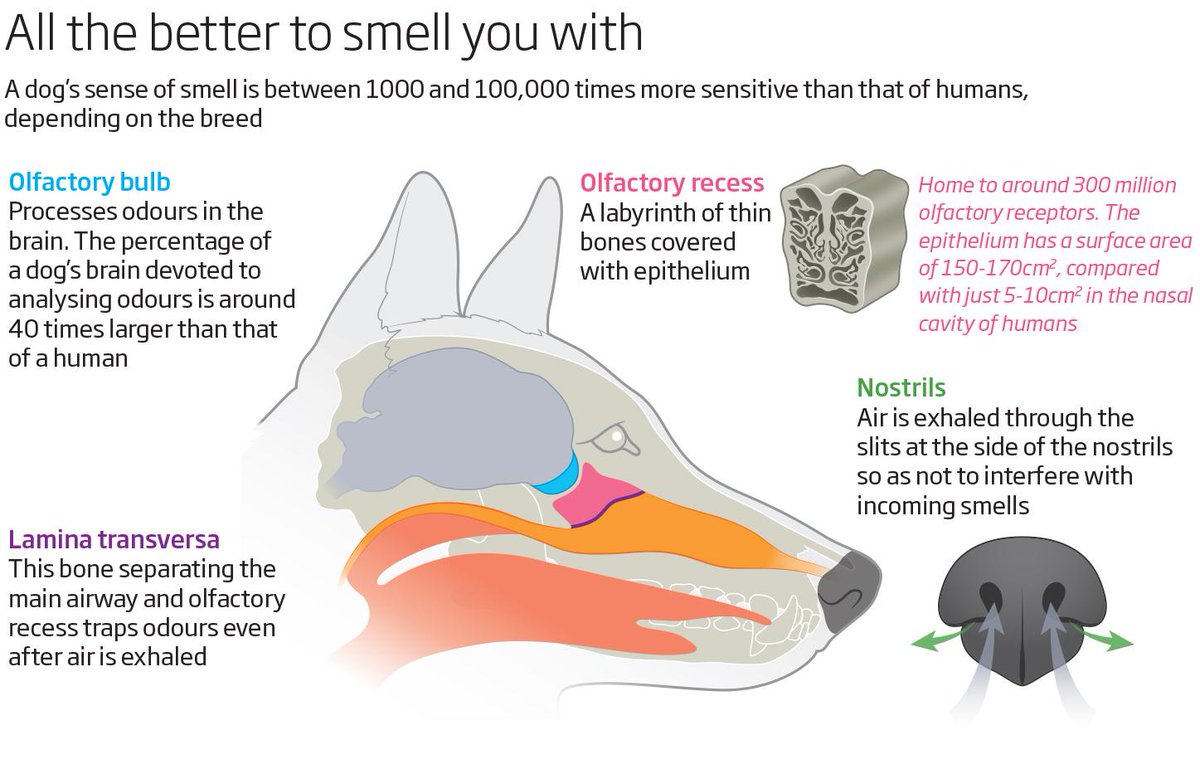
Part 5 Understanding Your Dog's Senses Woofalicious Tales
The essentials A dog's nose knows — A dog's sense of smell is incredibly powerful and is exponentially stronger than our own. This is thanks to their up to 300 million olfactory receptors, compared to a mere six million in humans.

Dog nasal anatomy 2 Diagram Quizlet
A dog's nose knows In the dog the sense of smelling, the olfactory system, is the main special sense and it is extremely sensitive and efficient. Possibly 30% of their brain is dedicated to analysing odour. It is estimated that the percentage of a dog's brain devoted to analysing odours is 40 times larger than that of a human. [1]
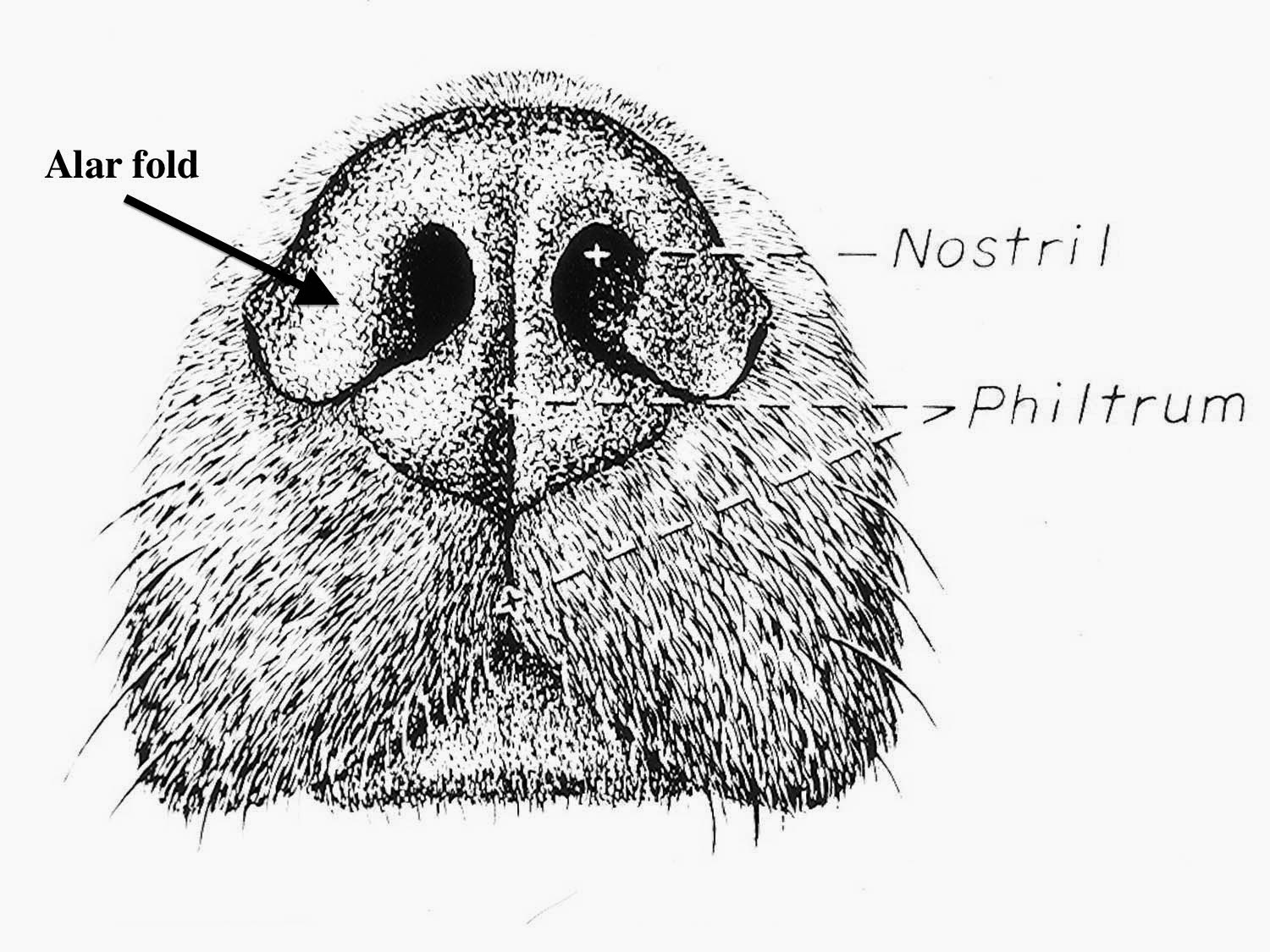
Veterinary Key Points Surgical Correction of Stenotic Nares Or how to
The snout ends at the end of the dog's nose. Their nose is covered in a layer of hardened furless skin which differs in shape and color depending on the breed and individual dog. A similarity in dog anatomy is that all dog breeds have the same amount and type of teeth, even if their bite shape varies.

Head external
Quick idea: in this article, you will learn the location of different organs from the different systems (like skeletal, digestive, respiratory, urinary, cardiovascular, endocrine, nervous, and special sense) of a dog with their important anatomical features.

Head Dog Anatomy Nasal Cavity Sagittal Section 20 Inch By 30 Inch
Tumors. • Tumors of the nasal cavity and paranasal sinuses account for approximately 1% of all neoplasms in cats and dogs. • Most intranasal tumors are diagnosed in older dogs and cats (>8-10 years) and in large-breed dogs. • Tumors in the nasal cavity are usually found in the caudal third of the nasal passages.
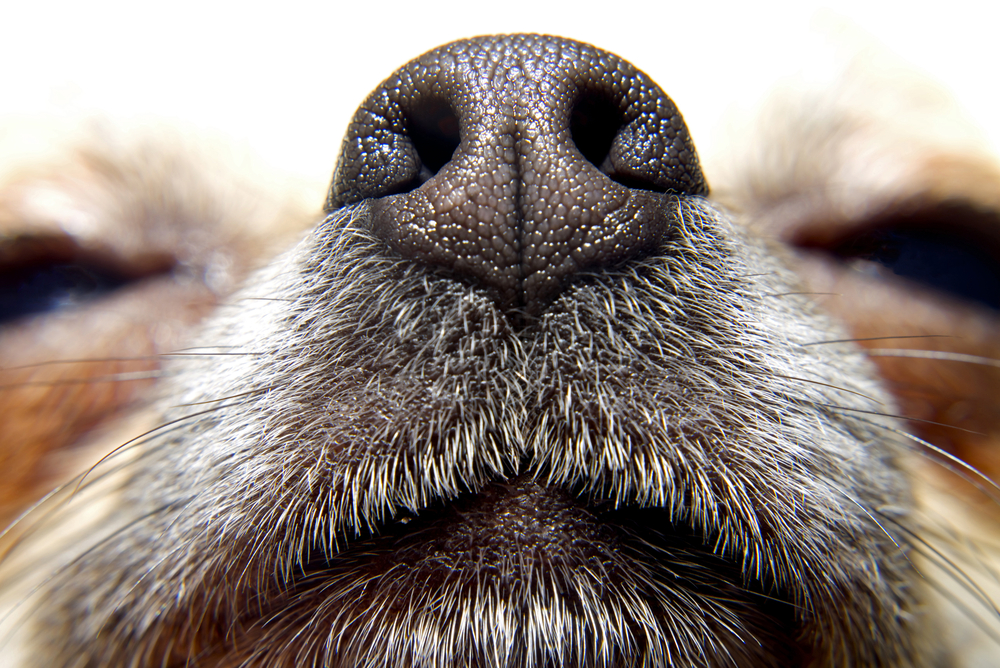
The Dog Nose All The Power of A Dog’s Nose Oakland Veterinary
The dog has two nostrils (nares) divided by a cartilaginous and bony septum. The tip of the dog's nose - rhinarium - is typically moist and cool to touch. When a dog flares its nostrils to sniff, the shape of the nostril openings change thus allowing redirection of air into the upper part of the snout and more direct airflow to the olfactory area.
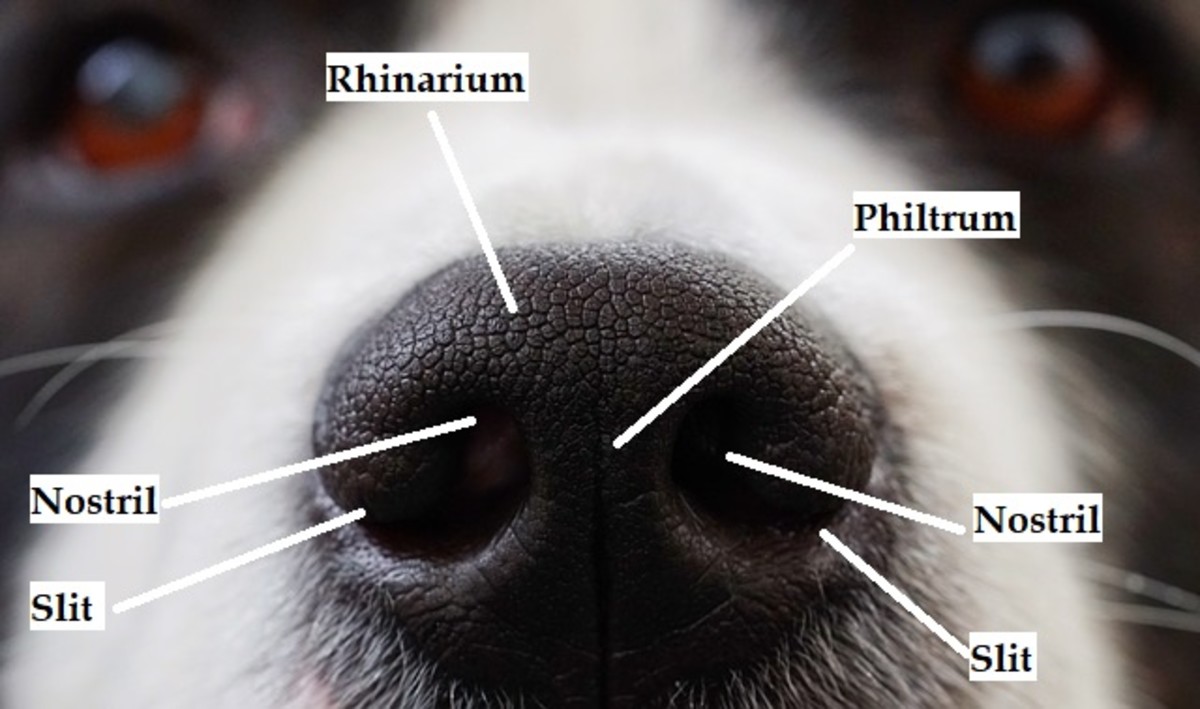
Why Do Dogs Have Slits on the Sides of Their Nose? Dog Discoveries
Nasal cavity The nasal cavity is essentially a tube with a wall established by several bones of the skull. The borders of the nasal cavity are as follows: Caudal: The cribrifrom plate of the ethmoid bone . Ventral: Continuous with the nasopharynx. Dorsal: The maxilla and the palatine processes of the incisive bone .
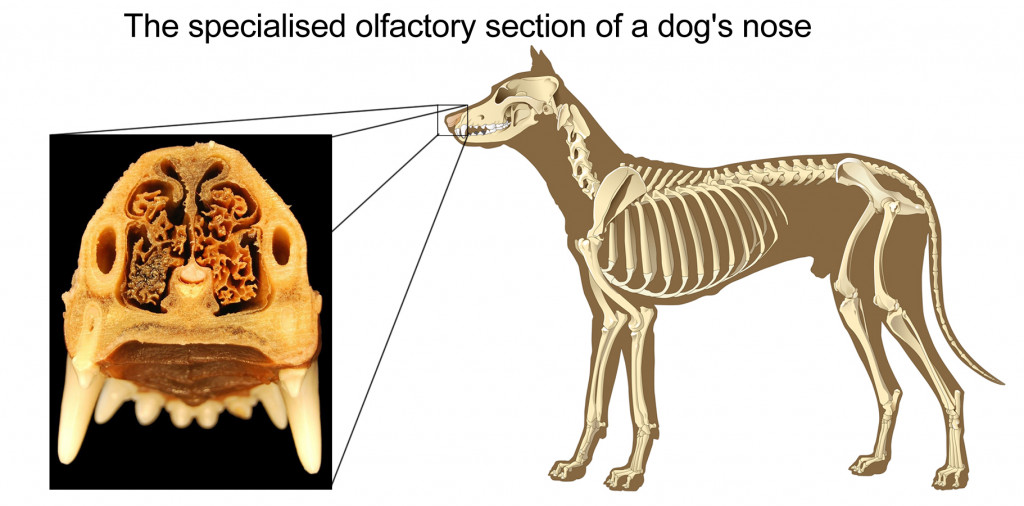
Why Do Dogs Like Sticking Their Head Out The Window?
The dog nose anatomy comprises external features and the structures of the nasal cavity. From the external part of a dog's nose, I will show you the features of cartilages, vomeronasal organs, and ligaments. Again, you will find the details anatomy of the nasal conchae, meatus, paranasal sinuses, and glands from the dog's nasal cavity.

Nasal Meatus Dog
This modules of vet-Anatomy provides a basic foundation in animal anatomy for students of veterinary medicine. This veterinary anatomical atlas includes selected labeling structures to help student to understand and discover animal anatomy (skeleton, bones, muscles, joints, viscera, respiratory system, cardiovascular system).
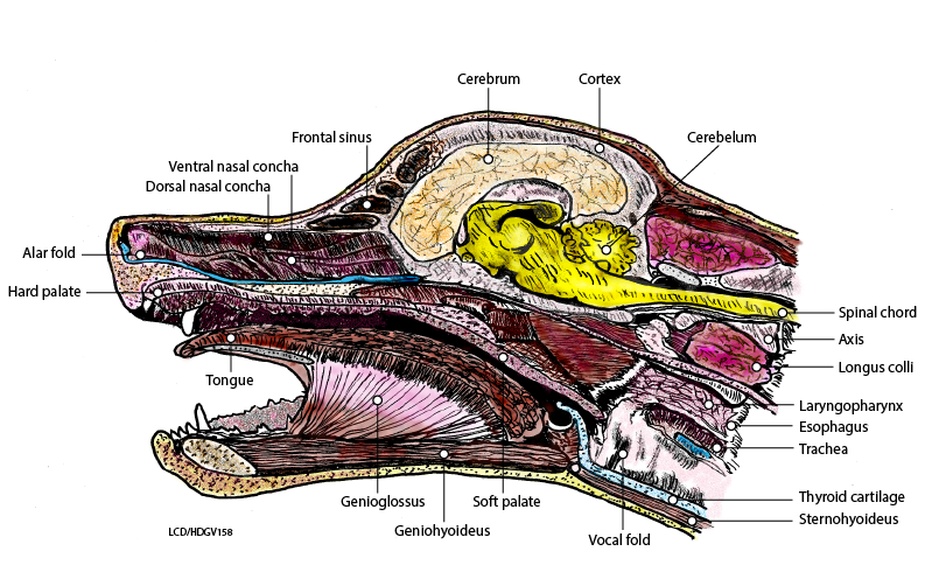
Dog Lip Diagram Ownerlip.co
Nose The nasal cavity begins at the nostril, ends at the choanae, and is divided longitudinally by the nasal septum into two nasal fossae. The nasal planum is the pigmented, hairless, rostralmost surface of the external nose. The philtrum is the midsagittal external crease in the nasal planum.

Dog Throat Anatomy With Diagram Pharynx And Larynx Anatomylearner
A dog's nasal cavity is divided into two separate chambers and opens into two nostrils, or nares, that can wiggle independently and that can take in smells separately. As a dog sniffs, particles and compounds are trapped in the nasal cavity by mucus while scent receptors process them.

Pin on собаки здоровье
Dog anatomy comprises the anatomical studies of the visible parts of the body of a domestic dog.Details of structures vary tremendously from breed to breed, more than in any other animal species, wild or domesticated, as dogs are highly variable in height and weight. The smallest known adult dog was a Yorkshire Terrier that stood only 6.3 cm (2.5 in) at the shoulder, 9.5 cm (3.7 in) in length.
Vomer Bone In Dog / The superior nasal concha is a part of which bone
The anatomy of the skull and nasofacial area of the dog and cat is complex, with cavities, sinuses, mandible, maxilla, dental arcades, and cranial cavity. In the 2-dimensional radiography image, the 3-dimensional skull creates a complex series of lines and superimposed osseous structures.
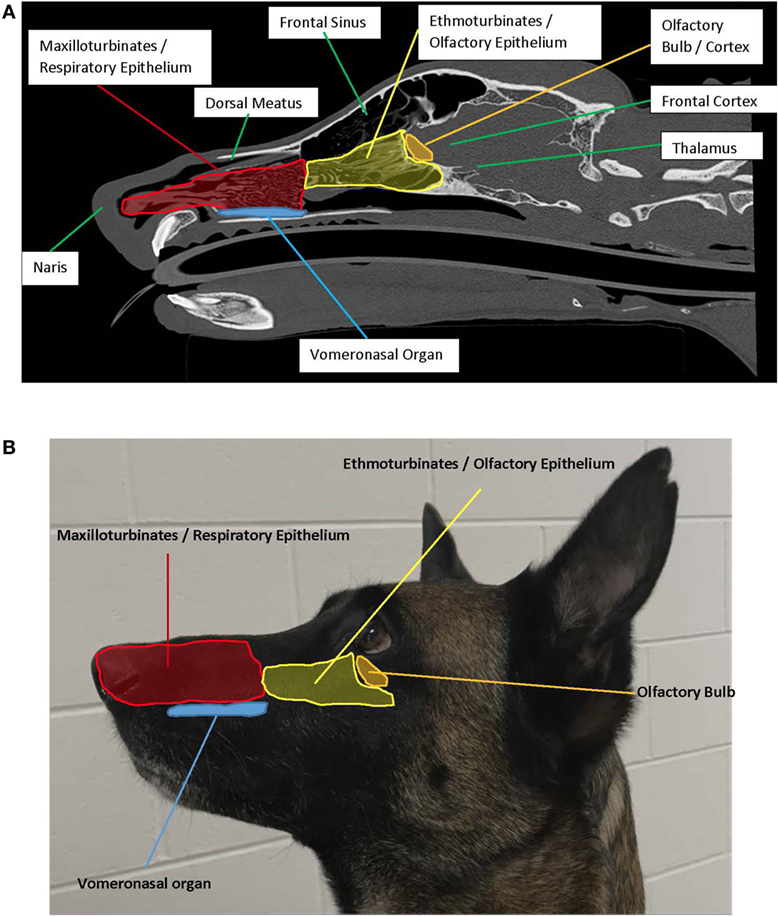
Anatomy Of A Dogs Nose
The dogs nose begins at the nasal planum, this is the hairless, pigmented area that is visible externally and is often referred to as the 'button' of the nose. A thick layer of keratinized epidermis covers the external dog nose and the nose is kept moist by secretions produces by the nasal glands. Nasal planum - button of the dog's nose.

Dog Nasal Cavity Anatomy ANATOMY STRUCTURE
The nose is positioned in the center of the face. The structure and length of the nose varies greatly in dogs. In dolichocephalic breeds of dogs (e.g. collie, Doberman pinscher, German shepherd dog), the nose is quite long and prominent. In brachycephalic breeds of dogs (e.g. pug, Pekingese, Lhasa apso, bulldog), the nose is quite short and.
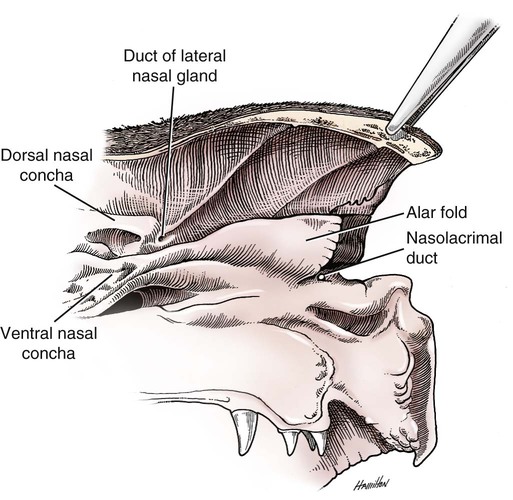
The Respiratory System Veterian Key
Custom Solutions Log In Some canine anatomical names may be familiar to you — dogs have elbows and ears and eyes — but other names may be downright foreign. Many anatomical terms used